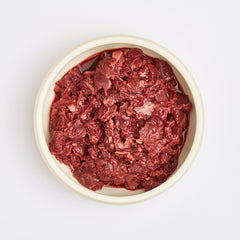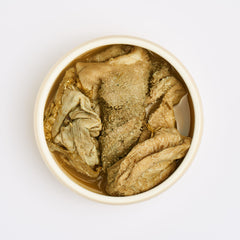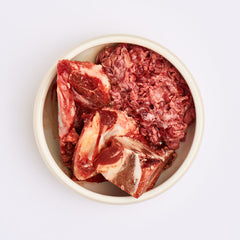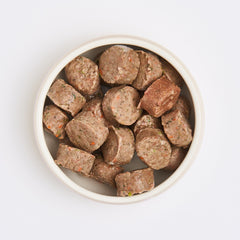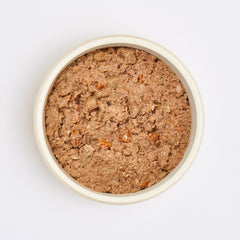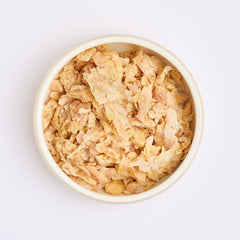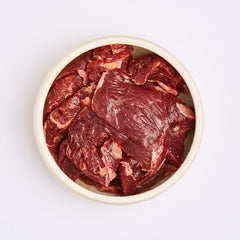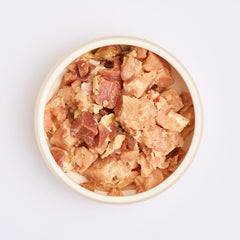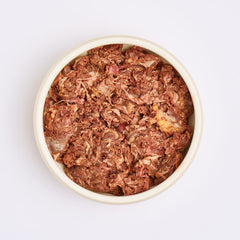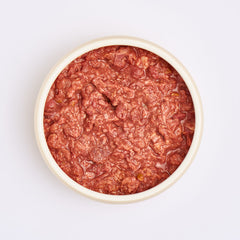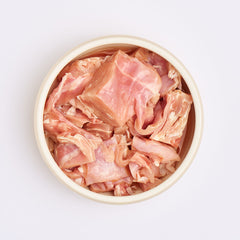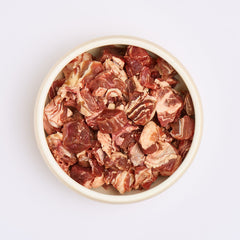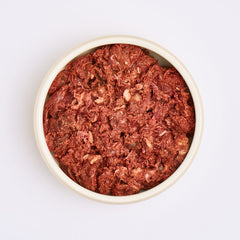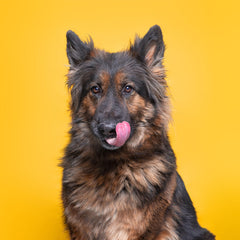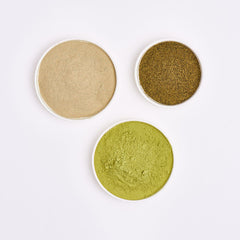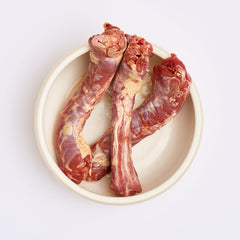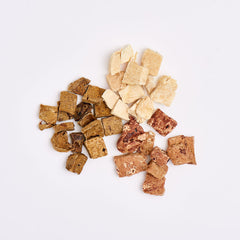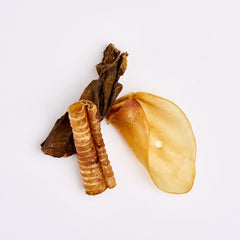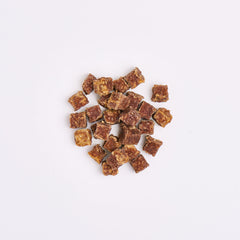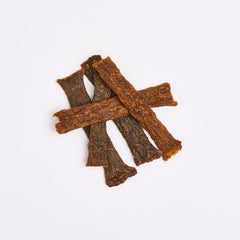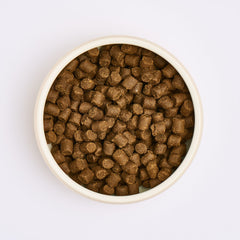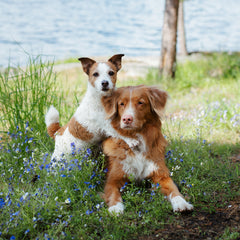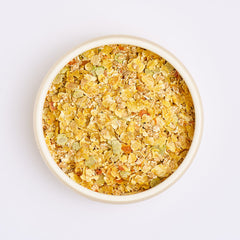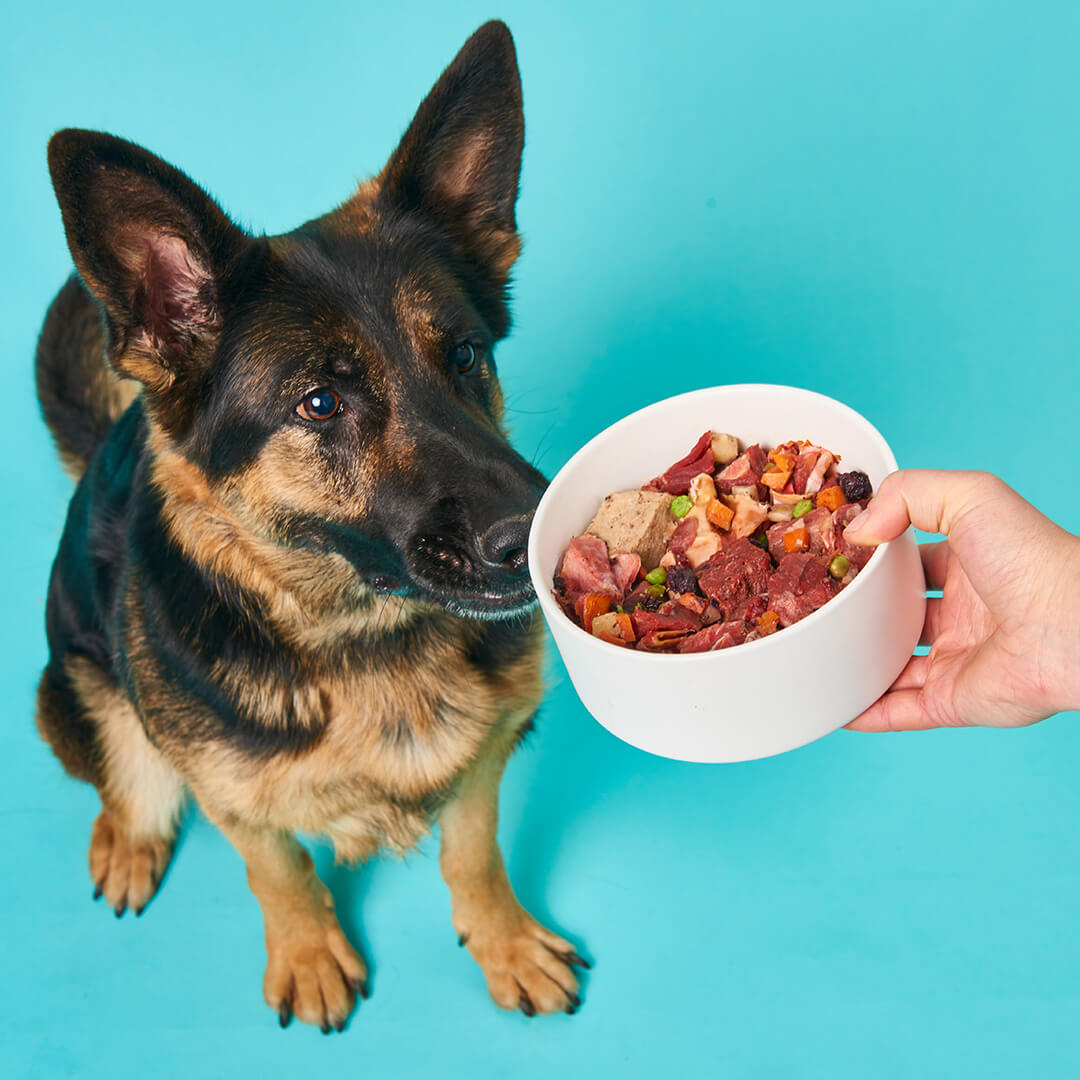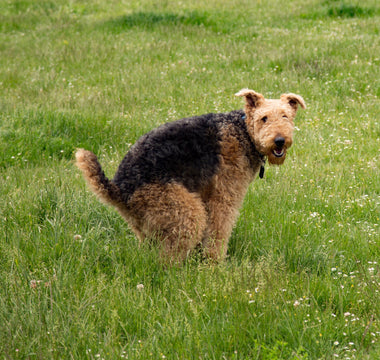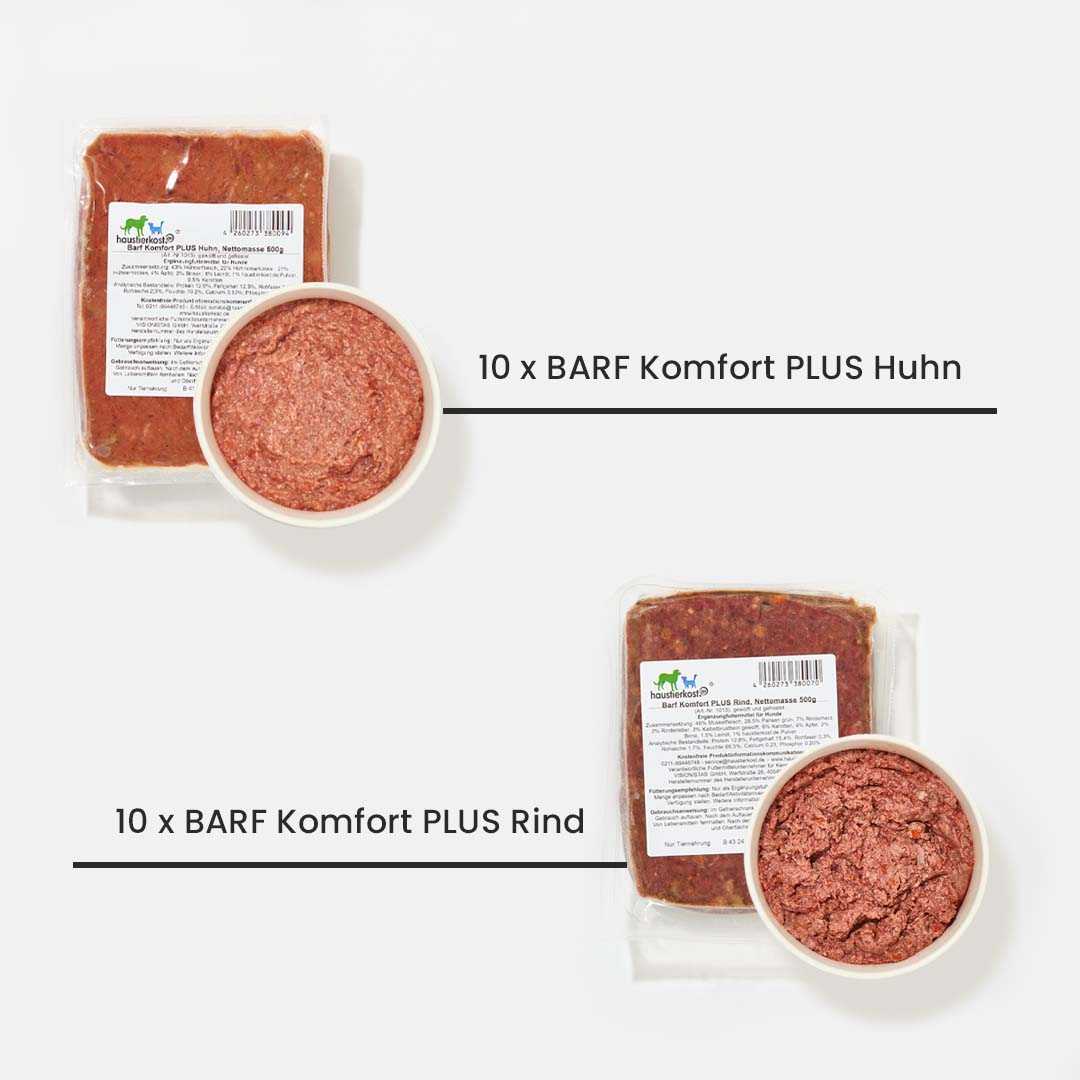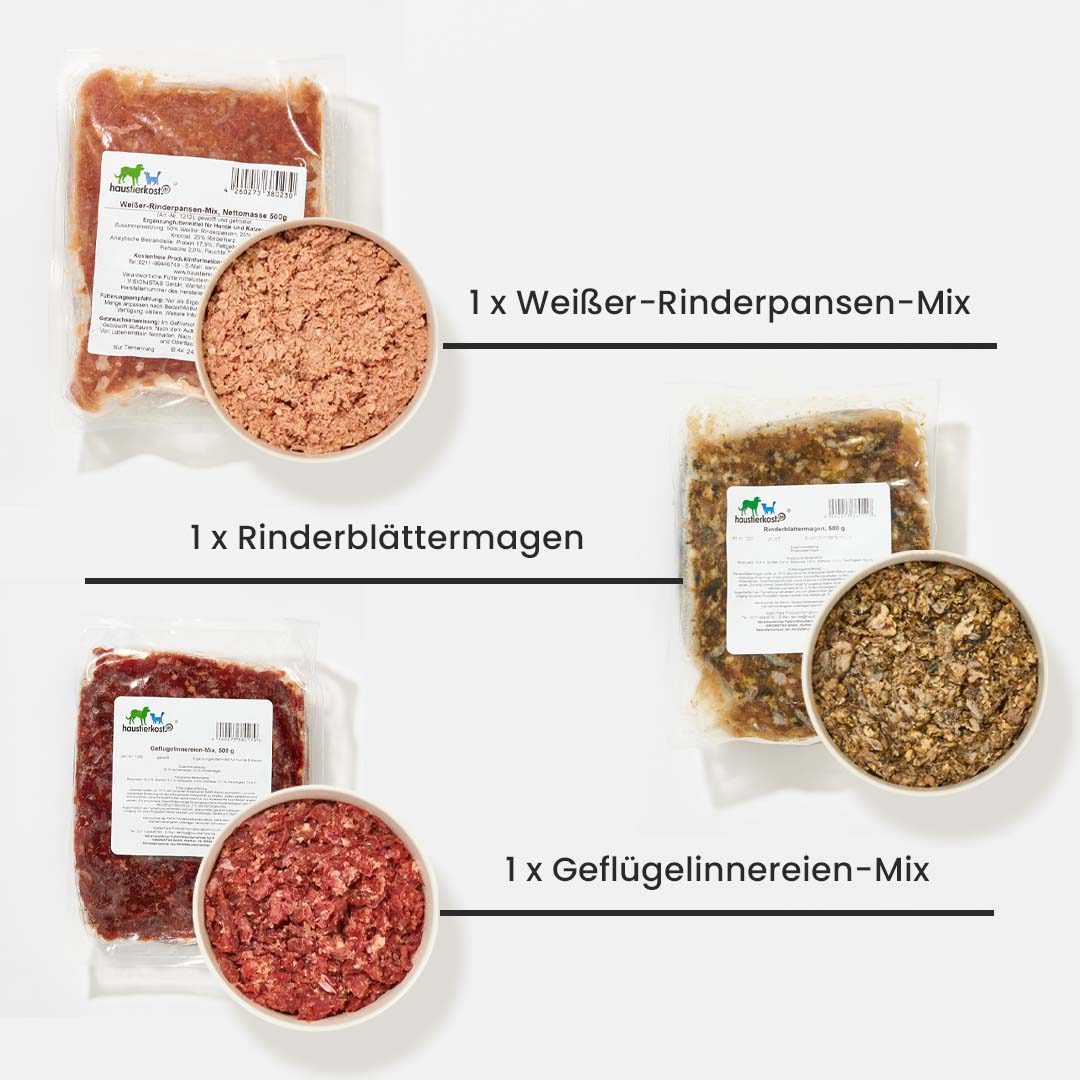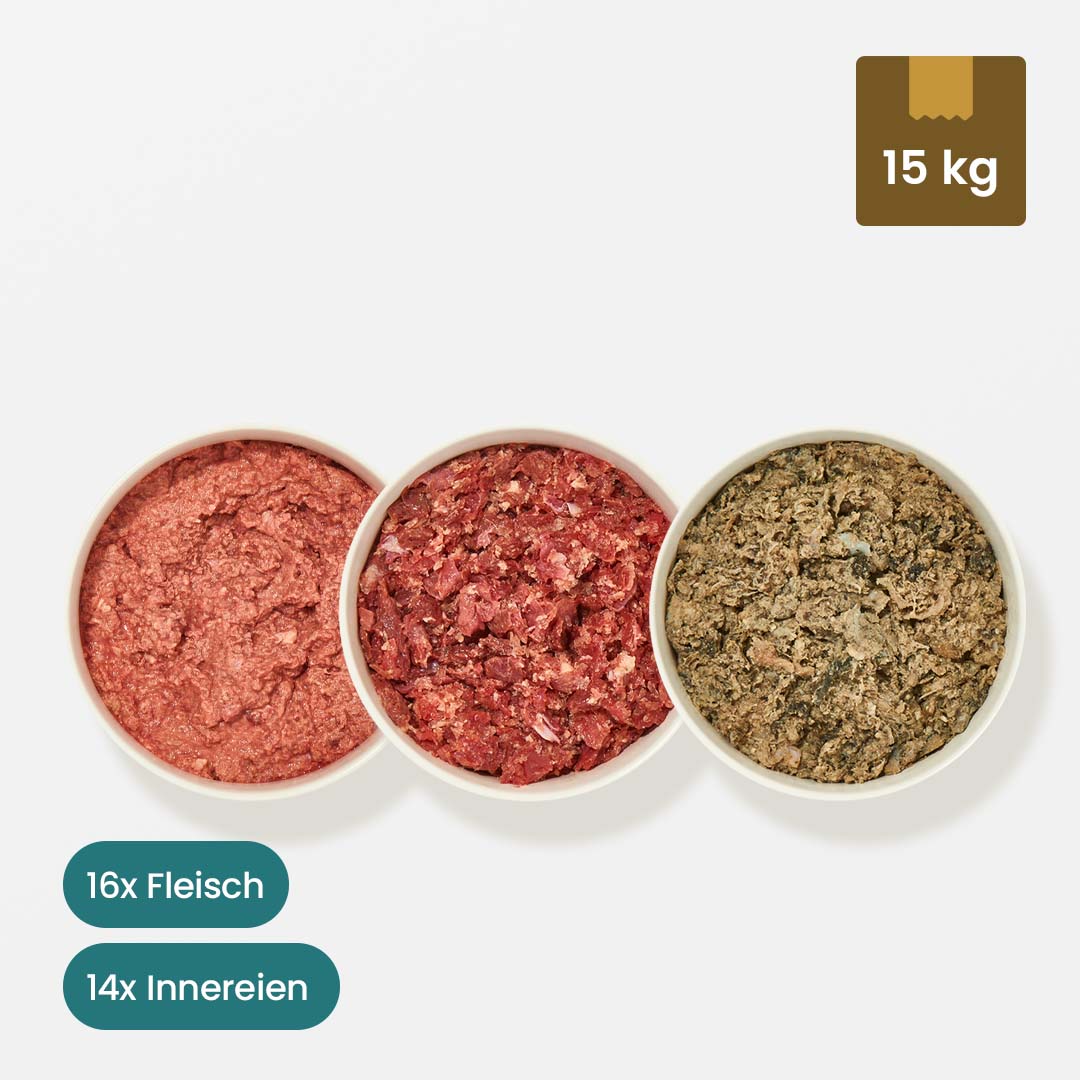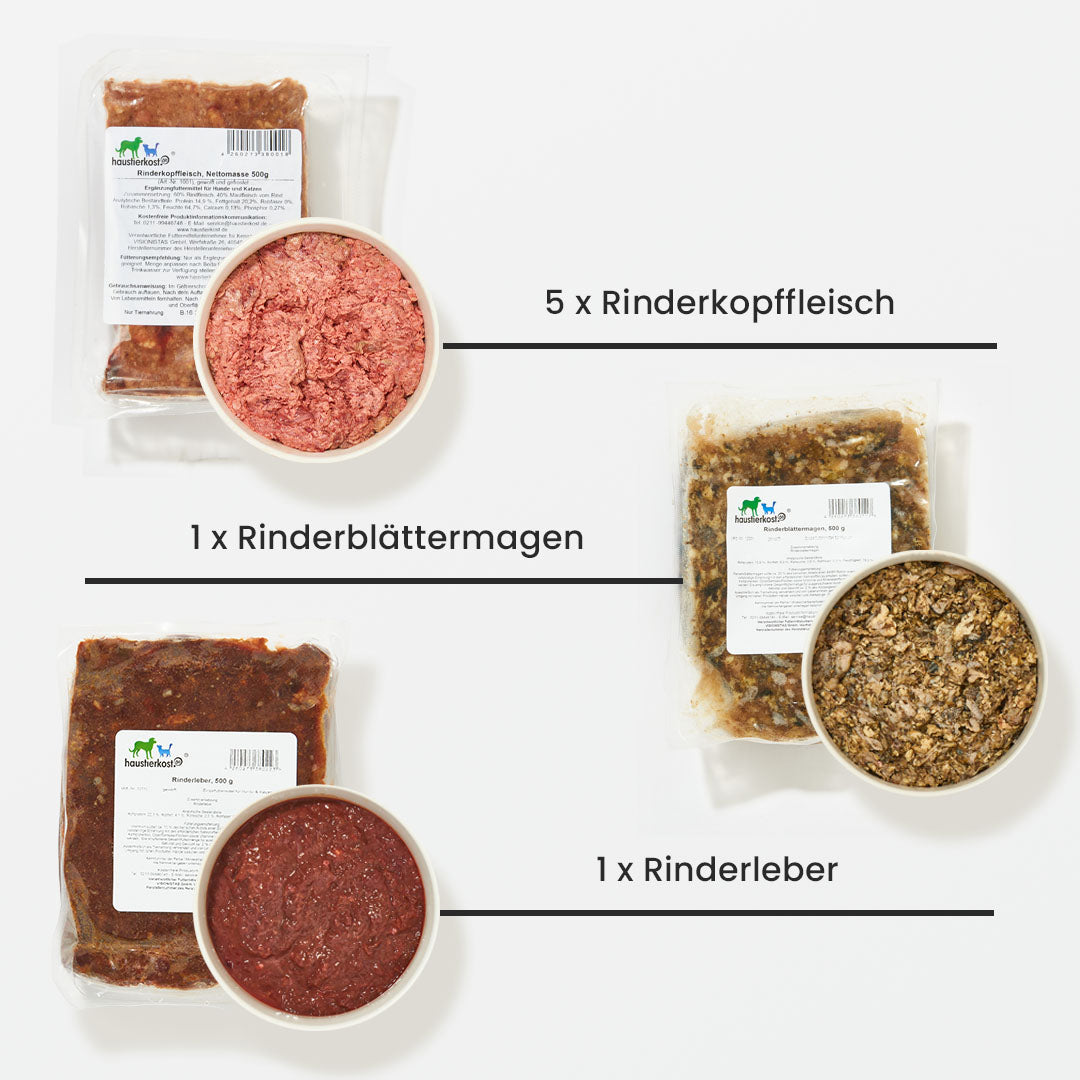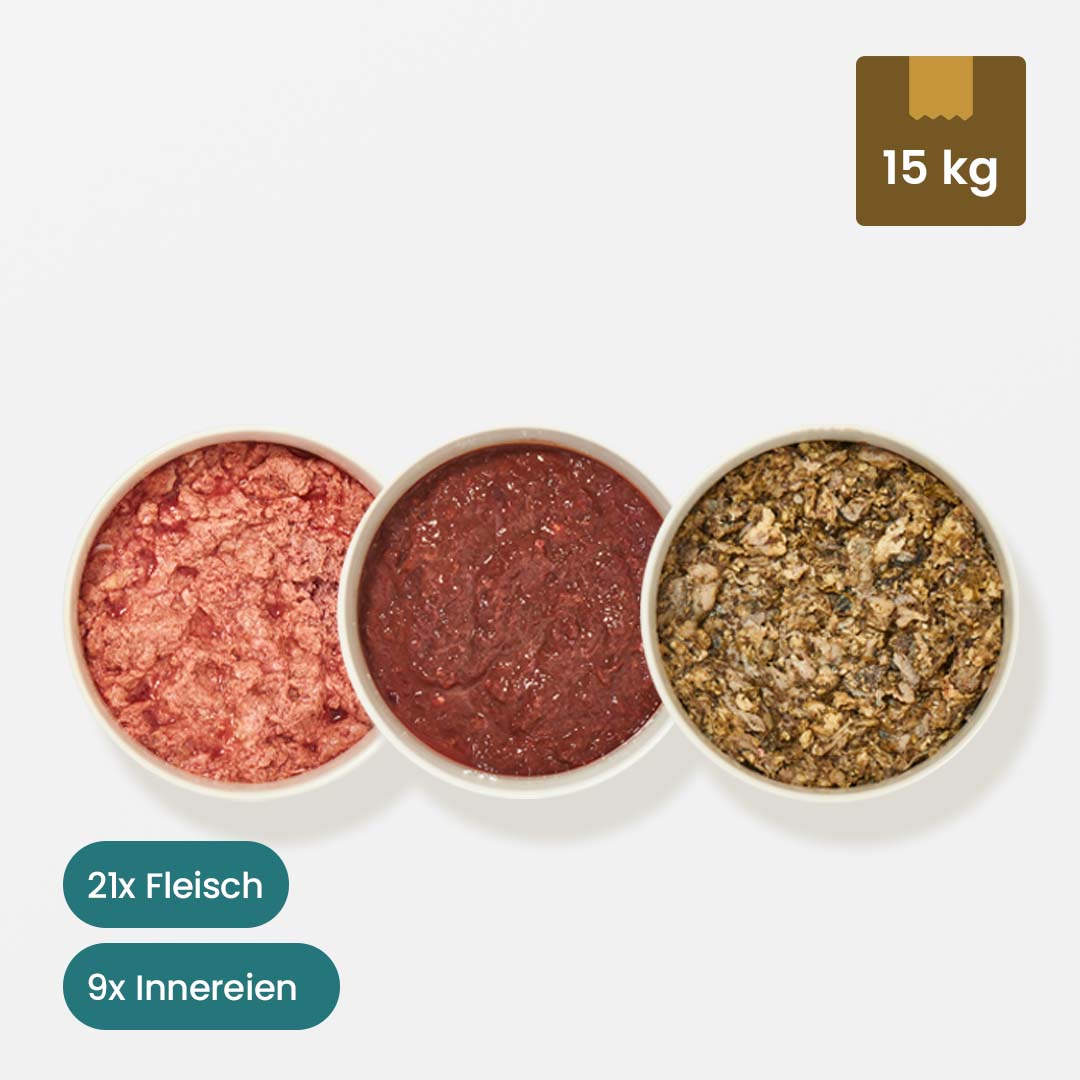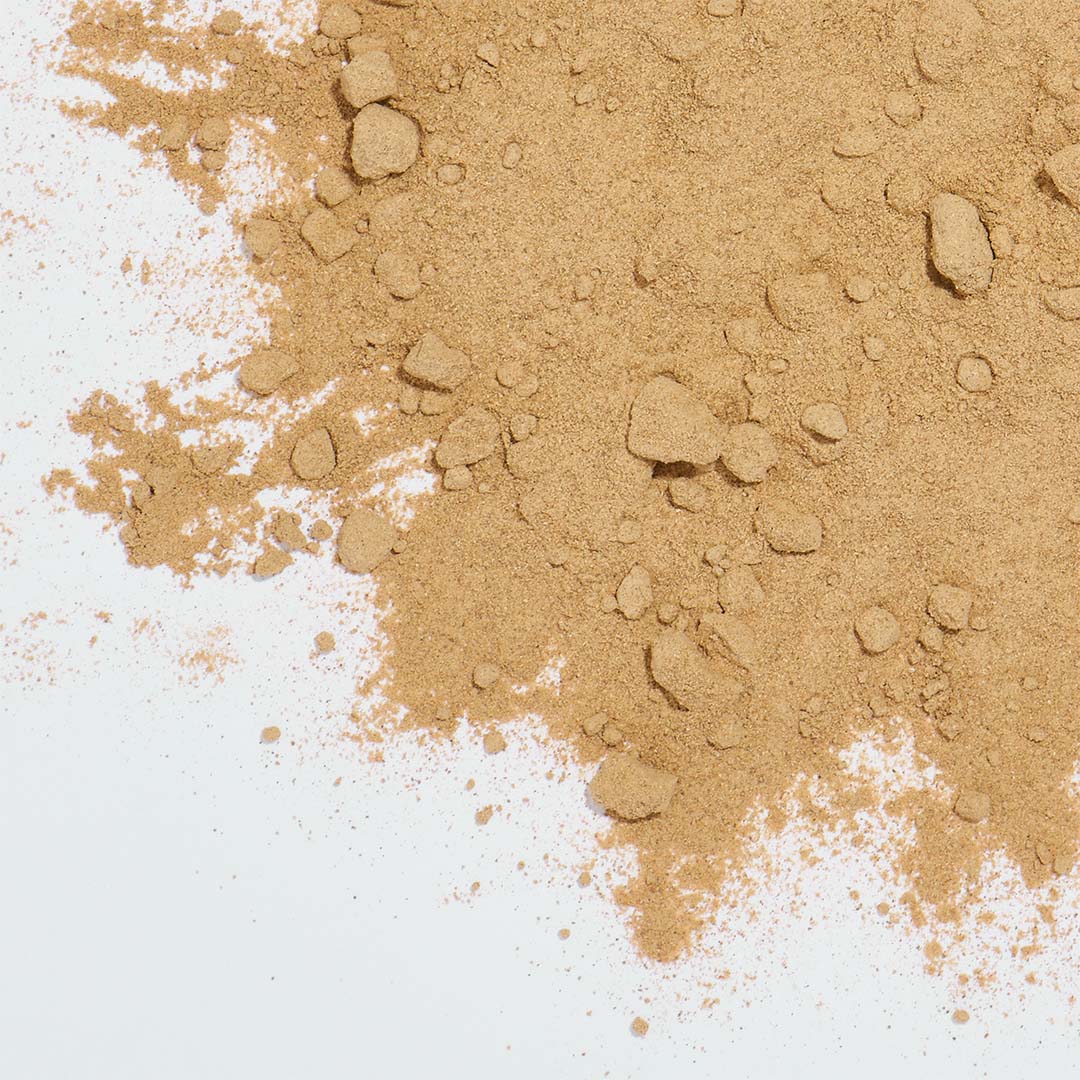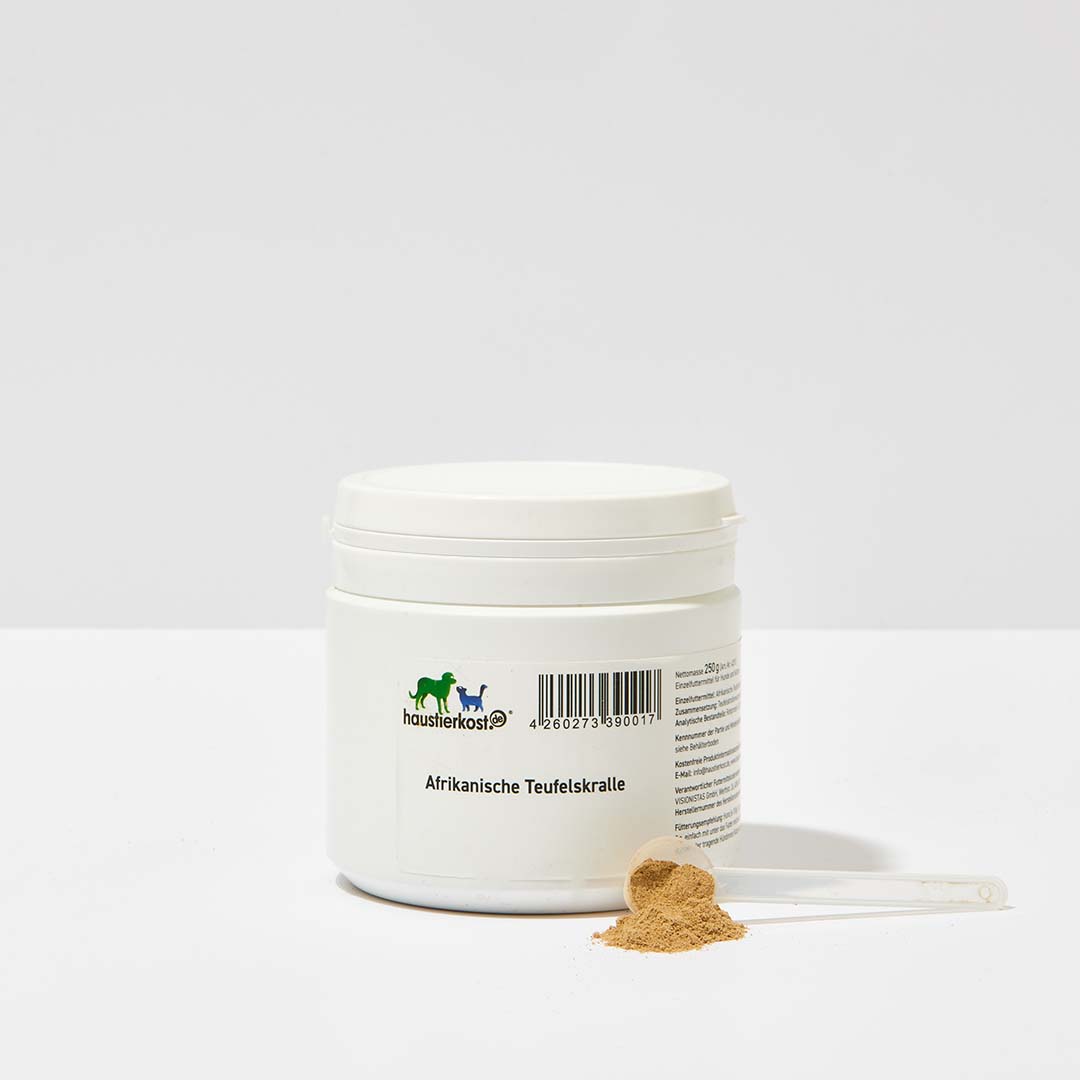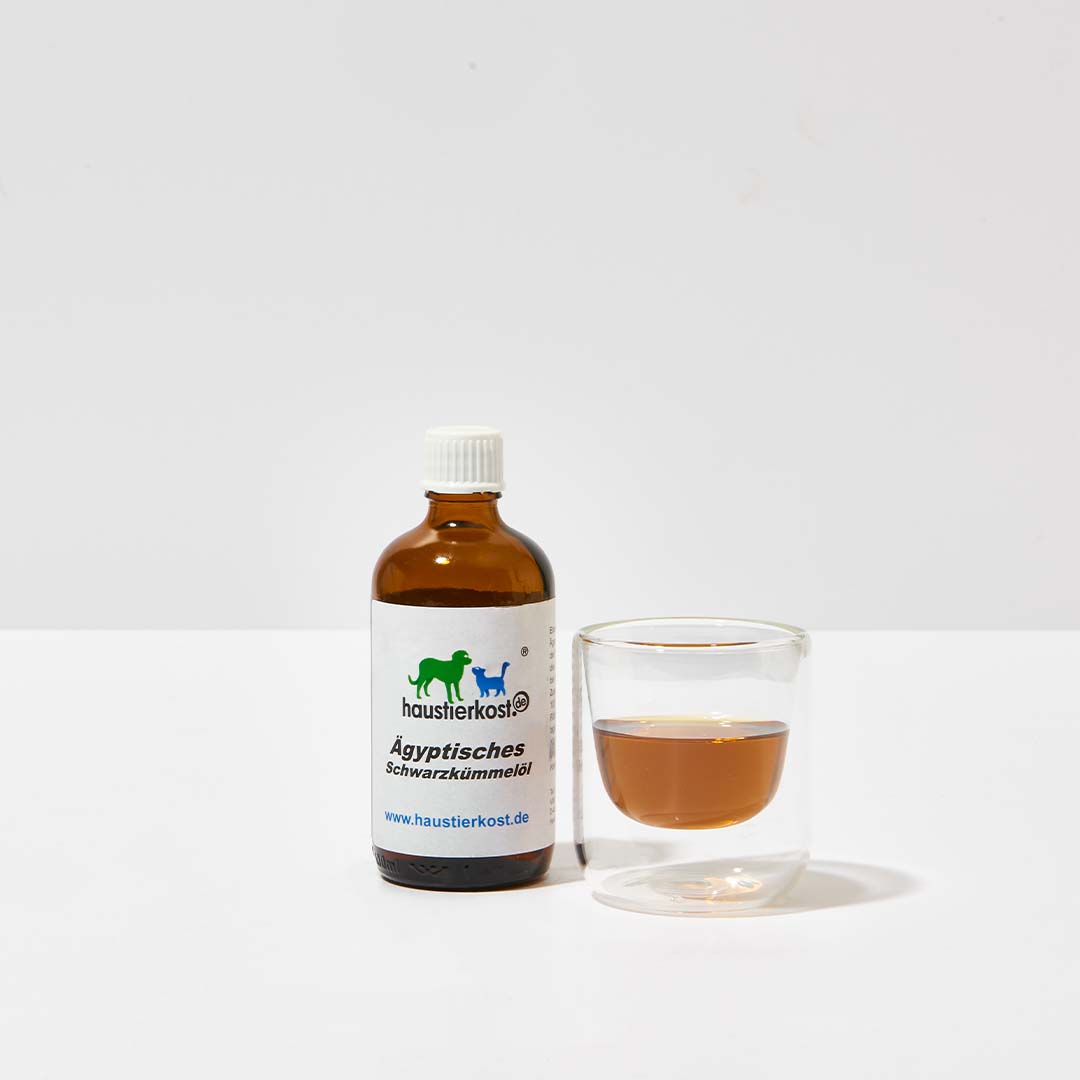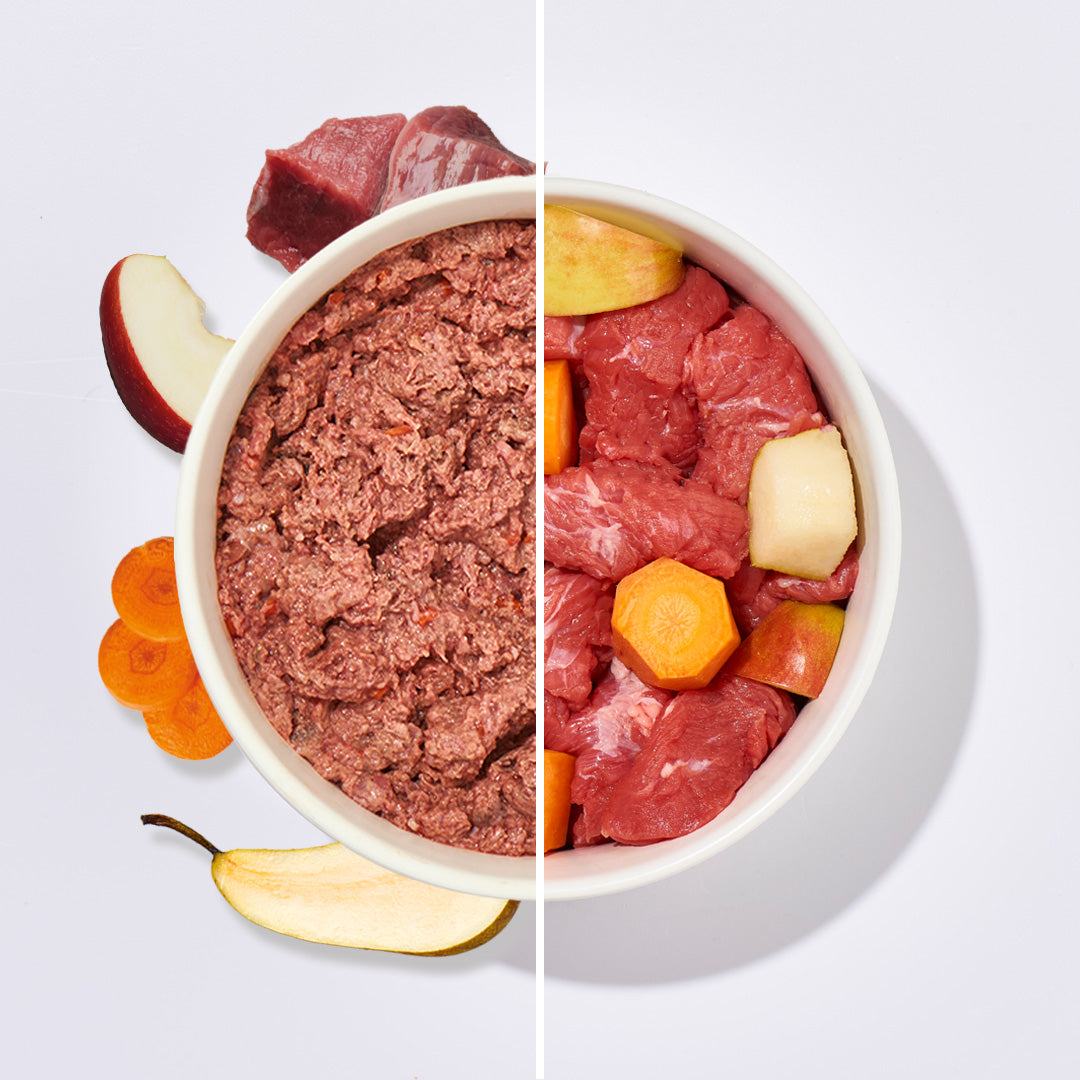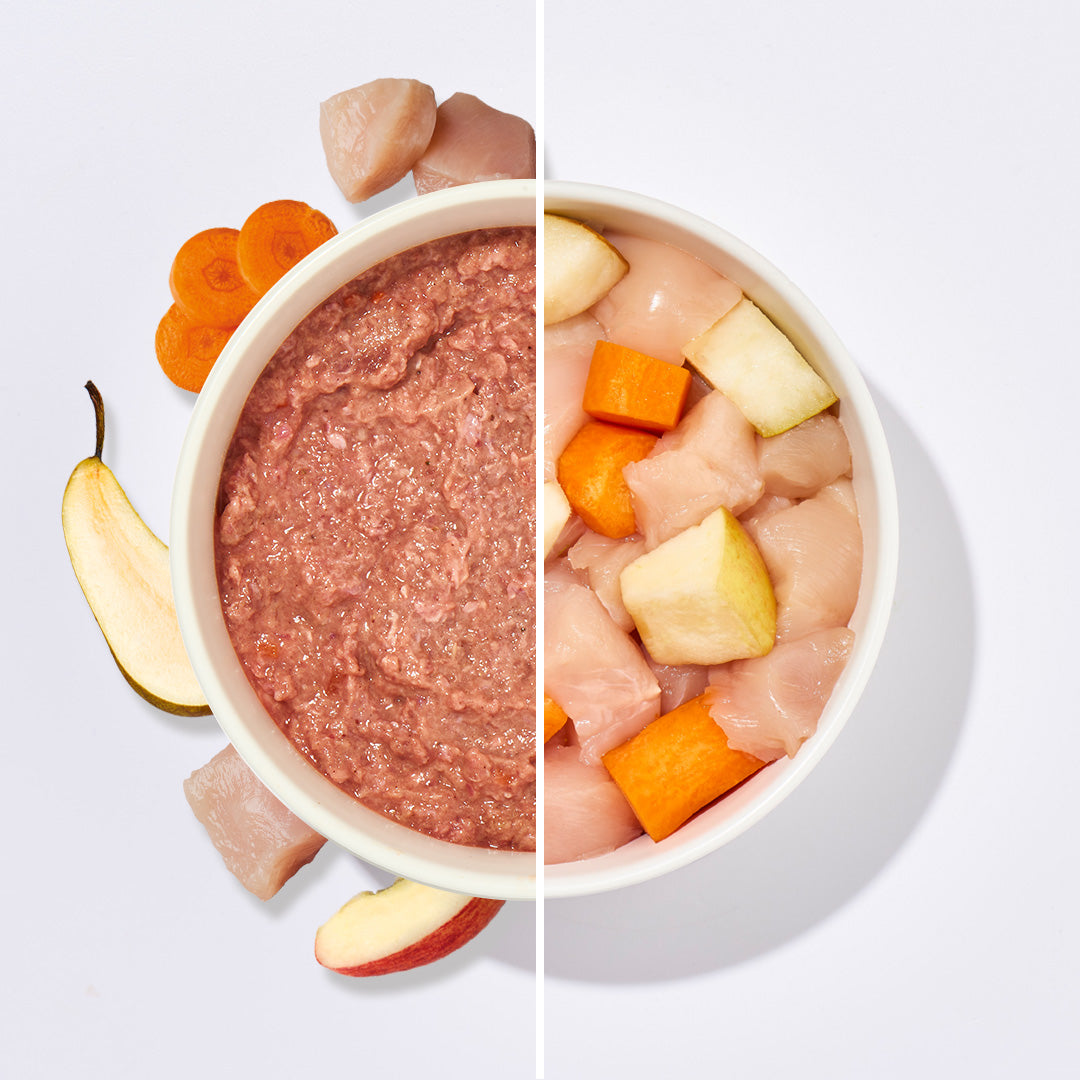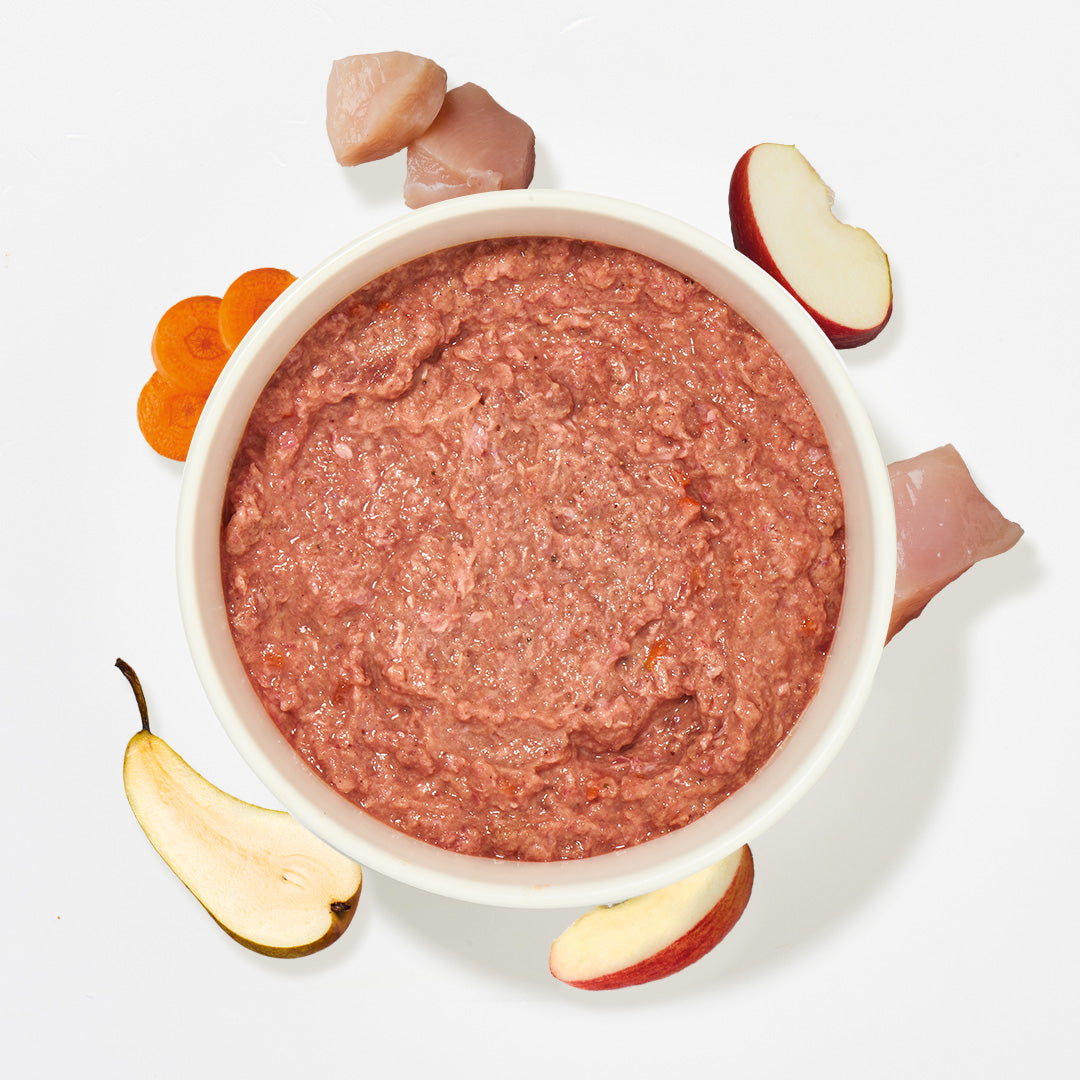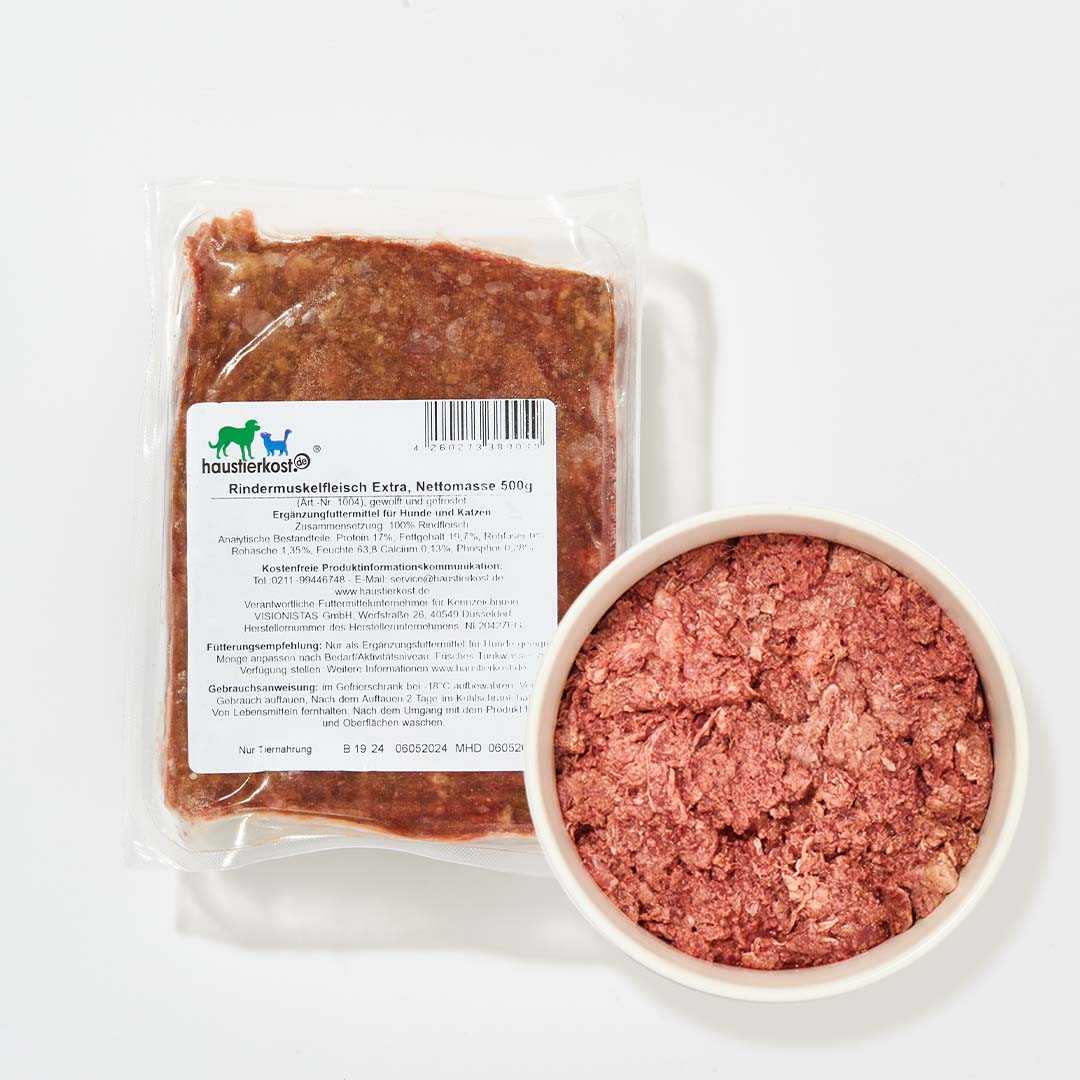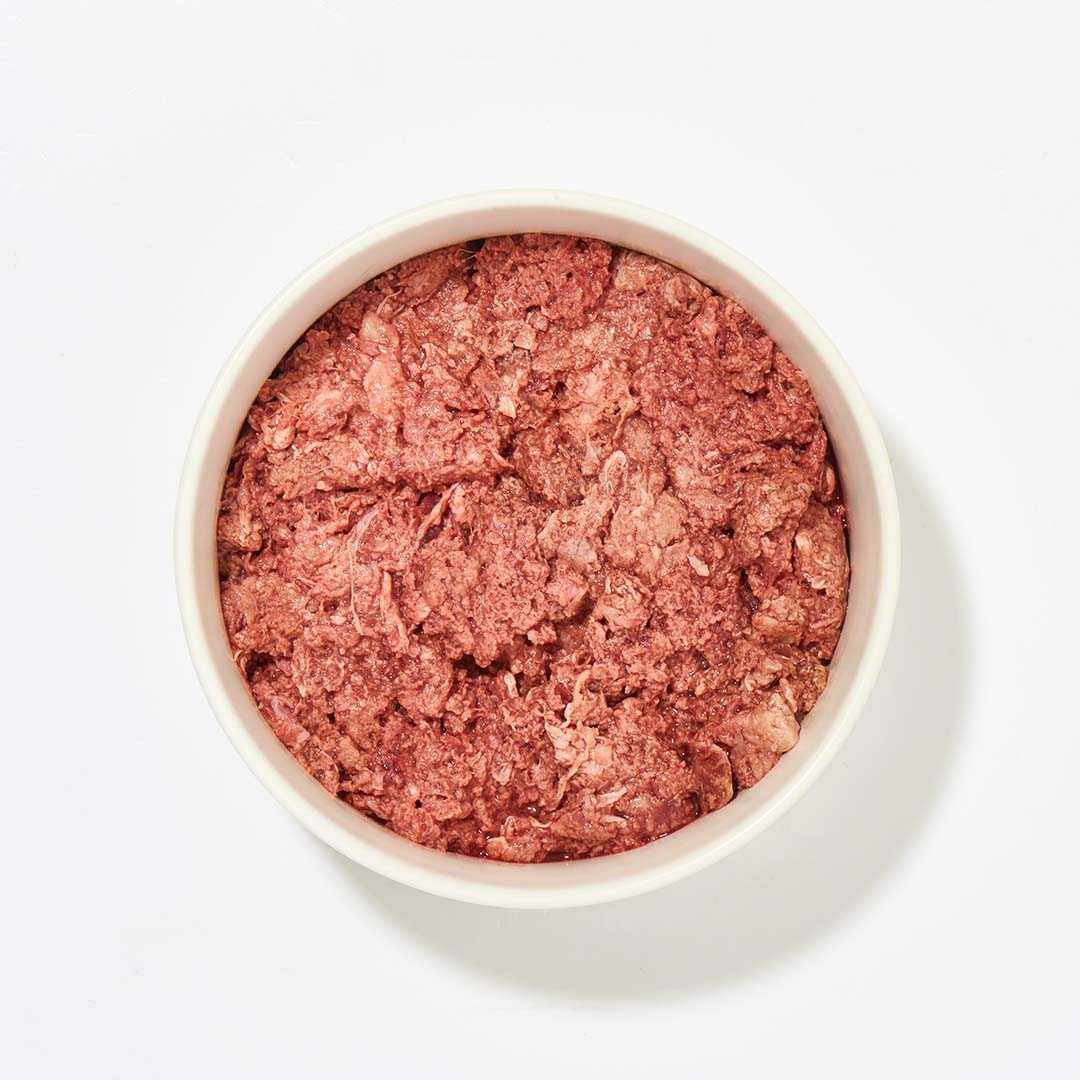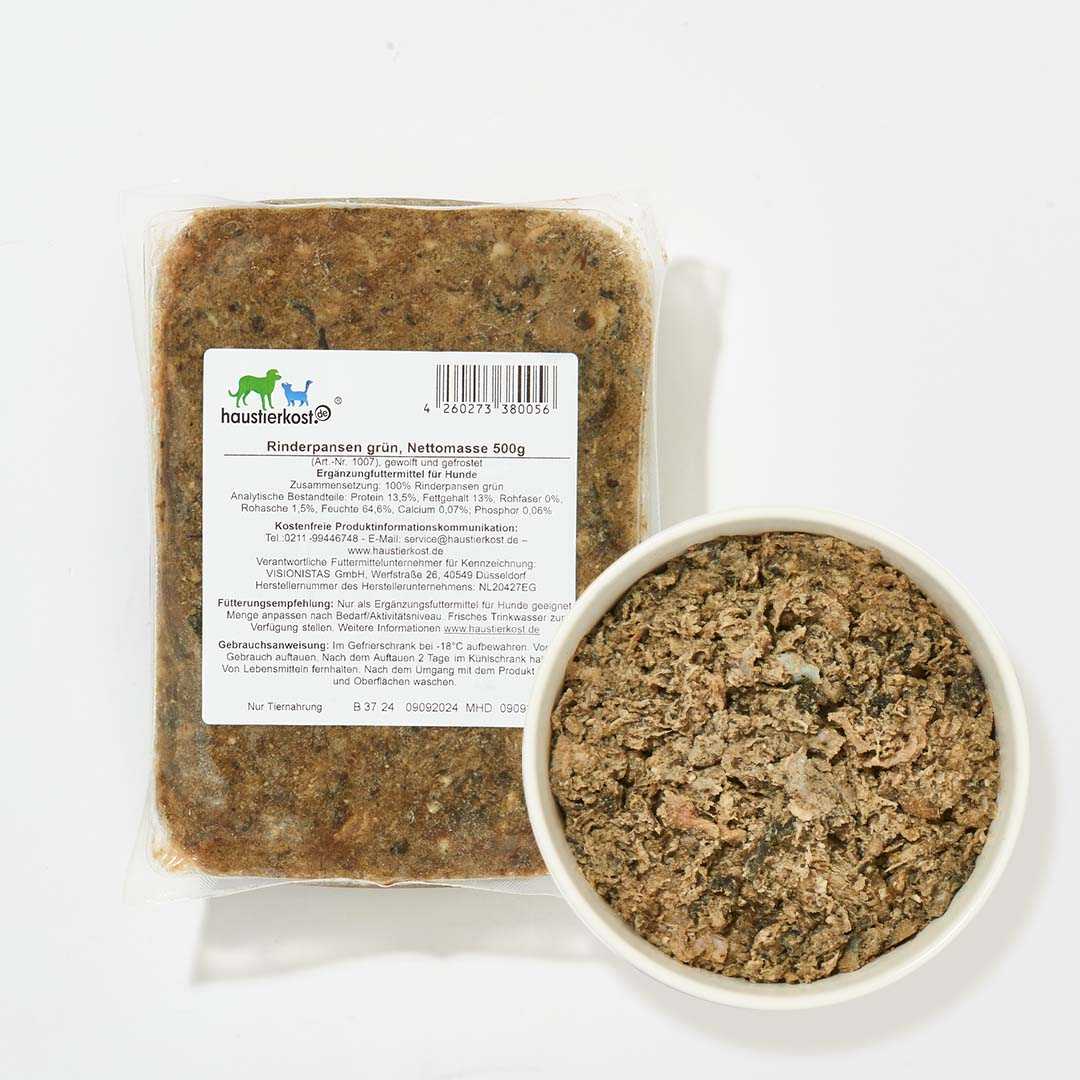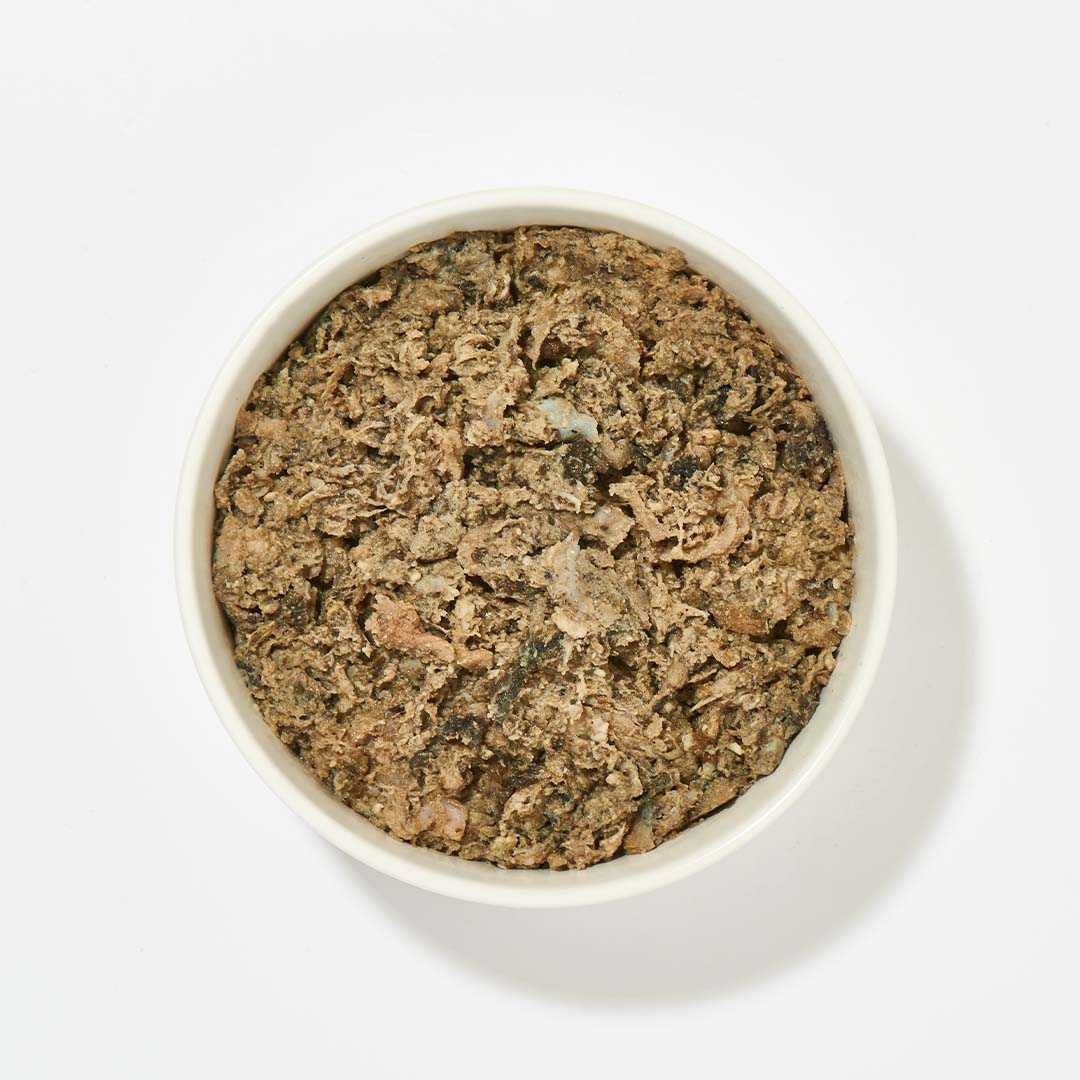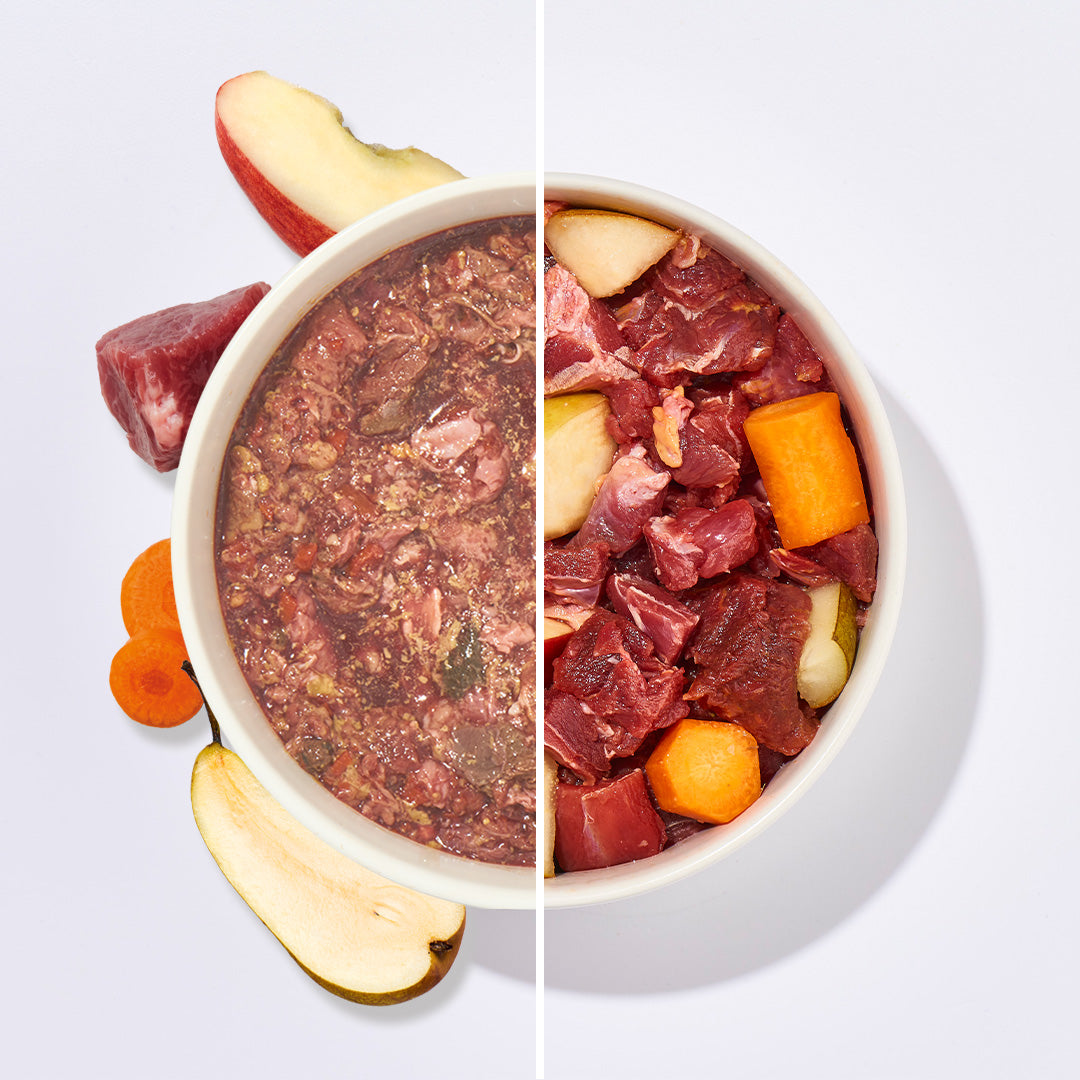Puberty in dogs brings its own challenges for pet owners. The dog no longer listens as it did before, forgets behaviors that it seems to have learned long ago, and even shows no manners towards other dogs. From a biological point of view, puberty is the beginning of the phase of adulthood in dogs, just like in humans. Learned behaviors are put to the test and the dog tries to find its way in its environment under these new circumstances. The reason for this is various changes in the dog's body that affect its behavior.
Puberty in dogs – what you should pay attention to
Puberty begins in dogs when they reach sexual maturity. As a rule of thumb, smaller dogs begin this process a little earlier than larger ones. In addition, puberty tends to occur later in male dogs than in females. In addition to sexual maturity, external signs of puberty in dogs include unusual behaviors caused by both hormonal fluctuations and neuronal changes in the brain. Classic signs include susceptibility to stress, refusing to follow commands, aggression towards other dogs and other impulsive actions.
During this phase of your dog's life, just like with humans, certain mood swings can occur. For example, if your dog doesn't feel like going for a walk and prefers to stay in its basket, this could be a sign. It could also happen that your dog suddenly tries to claim new territory in previously taboo zones - for example, the couch, armchair or bed. You should continue to be consistent here.
If your furry friend is currently going through puberty, you should keep a close eye on him anyway. The hunting instinct is usually particularly strong in dogs during puberty. Whether in the garden or in the forest when you're out for a walk - if the dog picks up a scent or sees another animal, for example, it may be better to keep him on a short leash.
Puberty in Dogs: Phases
Can puberty in dogs be divided into phases? That depends entirely on your animal. In general, puberty is the first phase of adolescence for dogs, i.e. growing up. Female dogs experience the processes mentioned above during and after their first heat. Together with the change of teeth, these events mark a clear boundary in the transition from puppy to young female dog. In male dogs, this transition is more fluid: signs include more frequent leg lifting when urinating, increased sniffing of other dogs' markings and more exuberant play behavior. For both sexes, puberty is the beginning of adolescence, in which the animal slowly grows up. The dog is then mentally and physically fully grown, between two and four years old, depending on the breed.
Dog puberty: still BARF?
In principle, there is nothing wrong with continuing to BARF your pet during puberty. However, puberty can also be accompanied by phases in dogs in which previously beloved food is suddenly rejected. There can be various reasons for this - perhaps your pet is just reviewing its previous eating habits. In nature, such behavior is not unusual at this age. So you might want to try other BARF meat varieties or treats. Changes in hormone levels, for example due to pseudopregnancy, can also be a cause. If the so-called pickiness about food persists, you should check whether your dog is suffering from toothache, which makes eating painful for the animal. This can be the case, for example, if a milk tooth that has not completely fallen out prevents the new tooth from coming through.
Dog puberty: How can I help my animal?
If your animal is going through puberty, you can follow three basic pillars. Protect your animal when it gets into trouble, show patience in dealing with it and continue to make your leadership role in the "pack" clear. Show authority and be the rock of strength that your dog can look to during this phase of life. Don't despair, but remain outwardly unimpressed even in difficult situations. After a few months, this phase in your young dog's life will also be over - so use the time to train the right behavior again and bond your dog to you, for example through shared activities.



